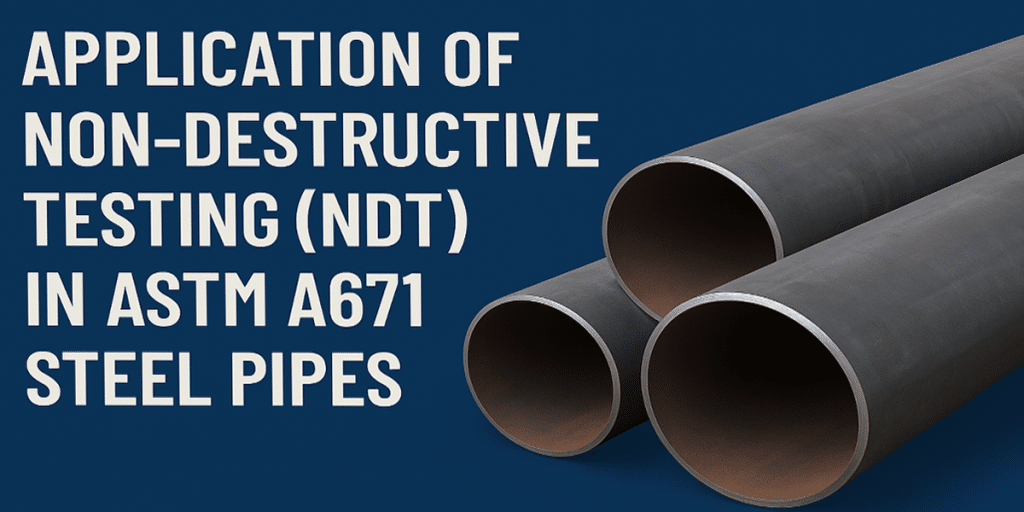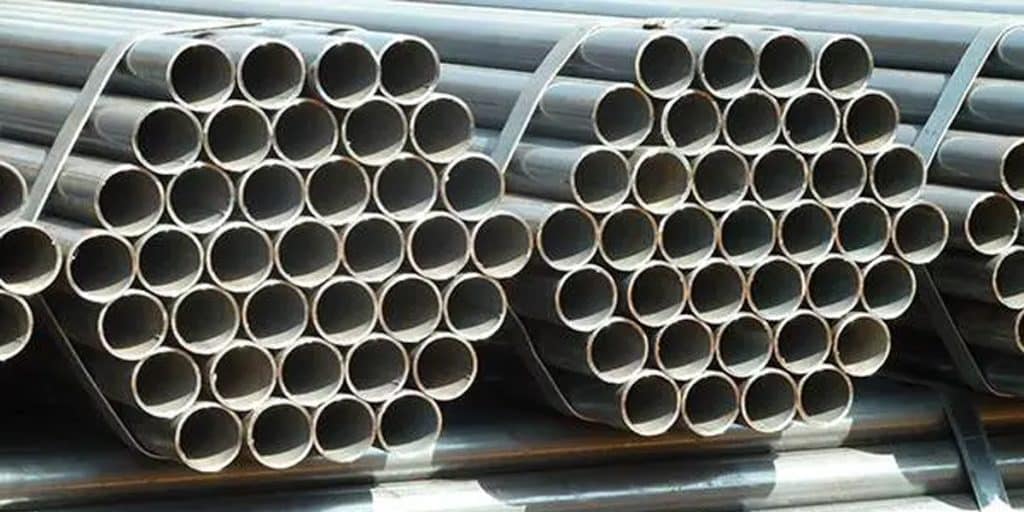- 1. Comparison of Steel Grades
- 2. Comparison of Applications
- 3. EN 10219 steel pipes are mainly used in structural load-bearing scenarios:
- 4. ASTM A53 steel pipes are often used in transportation and low-pressure machinery:
- 5. Comparison of Production Processes and Testing Requirements
- 6. Usage Frequency in International Projects and Practical Cases
- 7. EN 10219 cases:
- 8. ASTM A53 cases:
- 9. How to Choose the Appropriate Standard for the Project?
- 10. Why Choose LONGMA?
In the global application field of steel pipes, EN 10219 and ASTM A53 are two widely used standards, representing the European standard and the American standard system respectively. They differ significantly in material properties, applications, production processes, testing items, and project adaptability. So, should your engineering project choose EN 10219 or ASTM A53? This article will analyze the differences between these two standards from multiple perspectives and introduce the advantages of choosing us as your long-term partner.
Comparison of Steel Grades
| Comparison Items | EN 10219 | ASTM A53 |
| Common steel grades | S235JRH, S275J2H, S355J2H | Grade A, Grade B |
| Yield strength range | 235–355 MPa | Grade A: ≥205 MPa; Grade B: ≥240 MPa |
| Tensile strength range | 360–630 MPa (depending on the steel grade) | Grade A: 330–480 MPa; Grade B: 415–550 MPa |
| Regions applicable to the standard | The EU and global structural engineering projects | The United States and engineering projects under the American standard system |
EN 10219 steel pipes usually have higher yield strength and structural stability, making them more suitable for load-bearing structural engineering; while ASTM A53 focuses on general pressure applications and mechanical applications.
Comparison of Applications
EN 10219 steel pipes are mainly used in structural load-bearing scenarios:
- Industrial building steel structures
- Bridges, elevated structures
- Wind turbine towers, scaffolding
- Port facilities, power transmission towers
ASTM A53 steel pipes are often used in transportation and low-pressure machinery:
- Transportation of fluids such as water, steam, air, oil, etc.
- Fire protection systems, HVAC systems
- General machined components
- Pipeline supports and wiring projects
If you are engaged in structural engineering, EN 10219 is a priority; if it involves medium and low-pressure transportation or general mechanical use, ASTM A53 can be chosen.
Comparison of Production Processes and Testing Requirements
| Comparison Items | EN 10219 | ASTM A53 |
| Forming method | Cold bending forming | Mainly hot-rolled forming |
| Welding method | ERW / LSAW (Electric Resistance Welding / Longitudinal Submerged Arc Welding) | ERW or seamless (Type F, E, S) |
| Weld heat treatment | Not mandatory | Type E requires weld heat treatment |
| Non-destructive testing | Ultrasonic testing performed as needed | Grade B (welded pipes) requires electric induction testing |
| Testing items | Chemical composition, mechanical properties, impact properties, dimensions, appearance, etc. | Hydrostatic pressure, flaring, flattening, bending, visual inspection, etc. |
EN 10219 emphasizes the stability and low-temperature performance of products in structural environments; ASTM A53 focuses more on the processability and versatility of pipes.
Usage Frequency in International Projects and Practical Cases
EN 10219 is dominant in construction projects in Europe and Asia, while ASTM A53 is commonly used in North America and projects exported to the United States. Specific cases are as follows:
EN 10219 cases:
- Xiong’an New Area Viaduct Project in China (S355J2H)
- Crossrail underground rail structural pipes in London, UK
- Scaffolding for industrial plants of Saudi Aramco
ASTM A53 cases:
- Renovation of Los Angeles municipal water supply network in the US
- Low-pressure pipelines of Petrobras’ gas transmission lines
- Fire water pipe system in a large industrial park in the Philippines
EN 10219 is more suitable for projects requiring high structural stability, such as airports, bridges, and towers; ASTM A53 is mostly used in medium and low-pressure transmission systems and commercial infrastructure construction.
How to Choose the Appropriate Standard for the Project?
You can judge based on the following five factors:
| Project Factors | Priority for EN 10219 | Priority for ASTM A53 |
| Application scenarios | High-strength structures, building supports, steel frame structures | Low-pressure transportation, water/gas/oil pipelines, mechanical components |
| Regions | International projects in Europe, the Middle East, Southeast Asia, Africa, etc. | North America, Latin America, or regions dominated by American standards |
| Material properties | Higher yield strength, low-temperature impact performance | Good processability, welding adaptability |
| Standard requirements | Structural design based on EN or ISO standards | Design based on ASME, ASTM, or API systems |
| Budget control | Cost-effective, suitable for large-scale structural engineering | High standardization, wide adaptation range |
Why Choose LONGMA?
LONGMA is a professional steel pipe manufacturer located in Hebei, China, specializing in the production of round pipe products (ERW/LSAW) complying with EN 10219 and ASTM A53 standards, with a complete quality system and international export experience. Seven reasons to choose LONGMA:
- Wide standard coverage: Supports EN 10219 (S235JRH~S355J2H) and ASTM A53 Grade A/B;
- Precision manufacturing: Supported by high-frequency straight seam welding (ERW) and submerged arc welding (LSAW) production lines;
- Complete certifications: Certified by EN10204 3.1, ISO 9001, CE, ASTM testing, etc.;
- Rich experience: Products have been exported to over 30 countries in Southeast Asia, the Middle East, South America, Eastern Europe, etc.
- Strong customization capability: Can support various specifications such as special-shaped, thick-walled, and large-diameter pipes;
- Fast delivery: Close to ports with stable logistics channels;
- Technical support: Engineering team assists in selection, drawing matching, and certification guidance.
Regardless of which standard your project is based on, LONGMA can provide you with stable, cost-effective round pipe products and full-process service support.
In summary, EN 10219 and ASTM A53 serve two major fields: structural engineering and general transmission systems. Choosing the right standard is not only related to the safety and compliance of the project but also directly affects the project cost and cycle. We have deep experience in the international market and are familiar with various engineering standards. If you are looking for a reliable supplier of EN 10219 or ASTM A53 round pipes, we are your ideal long-term partner.



